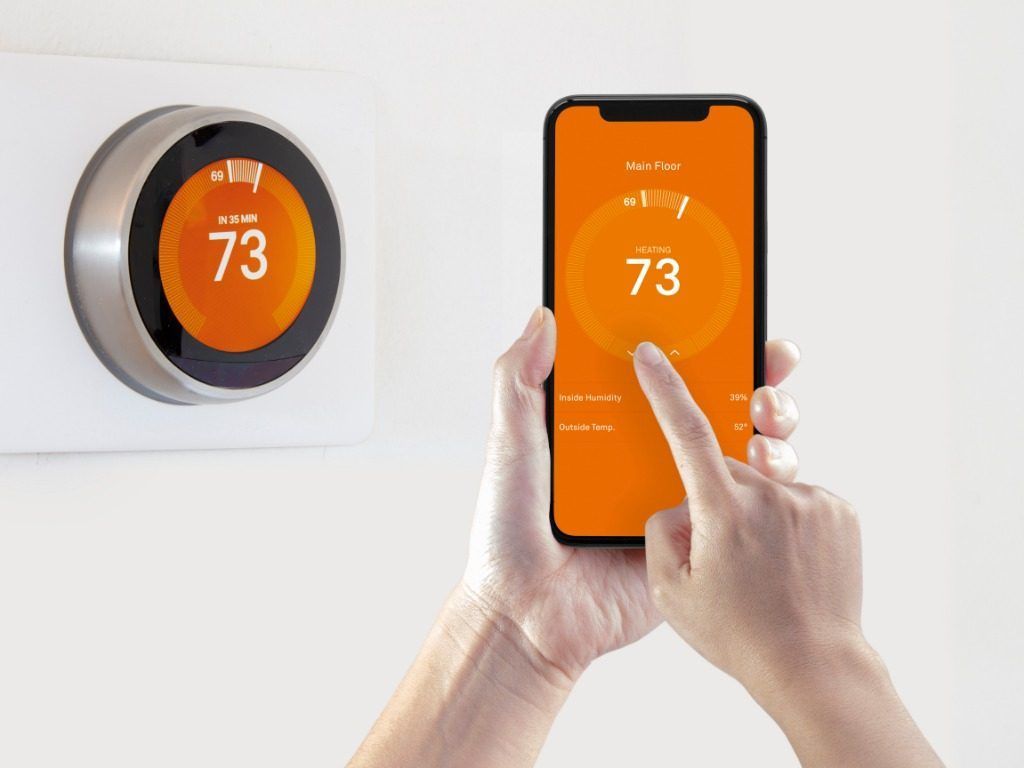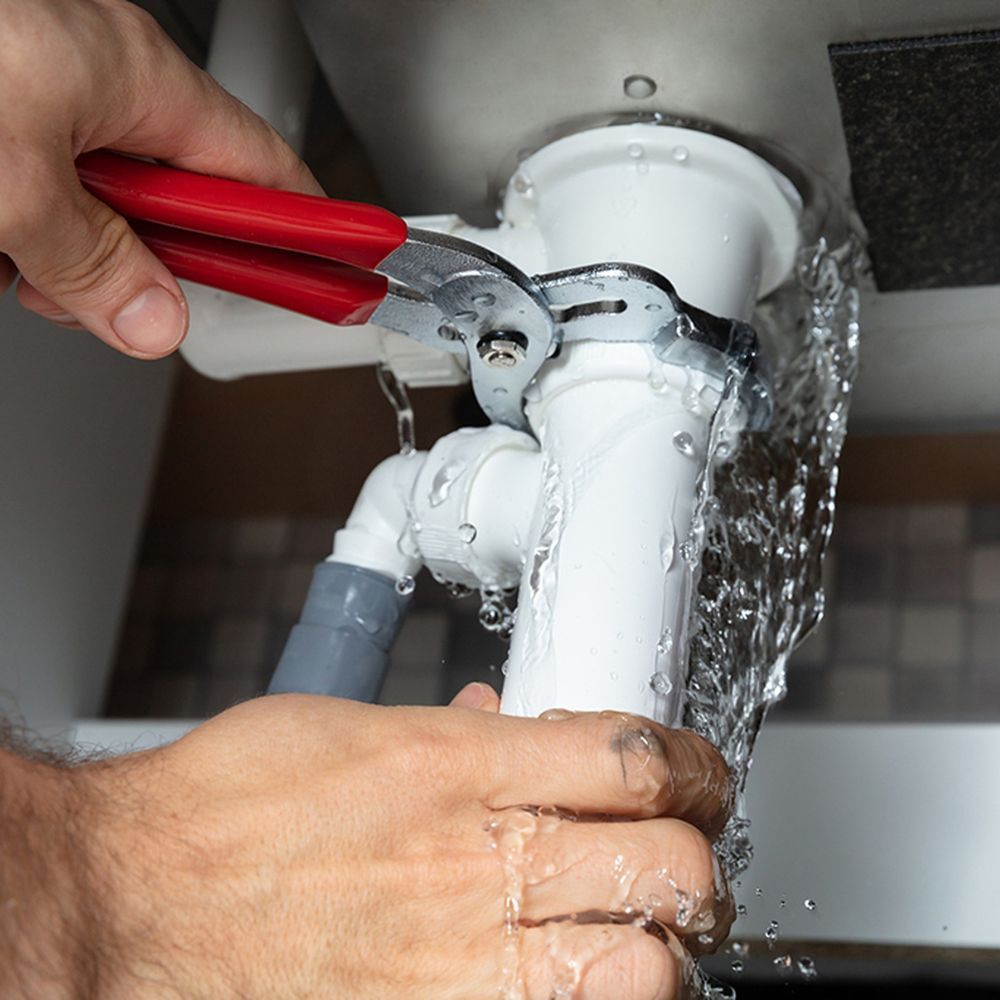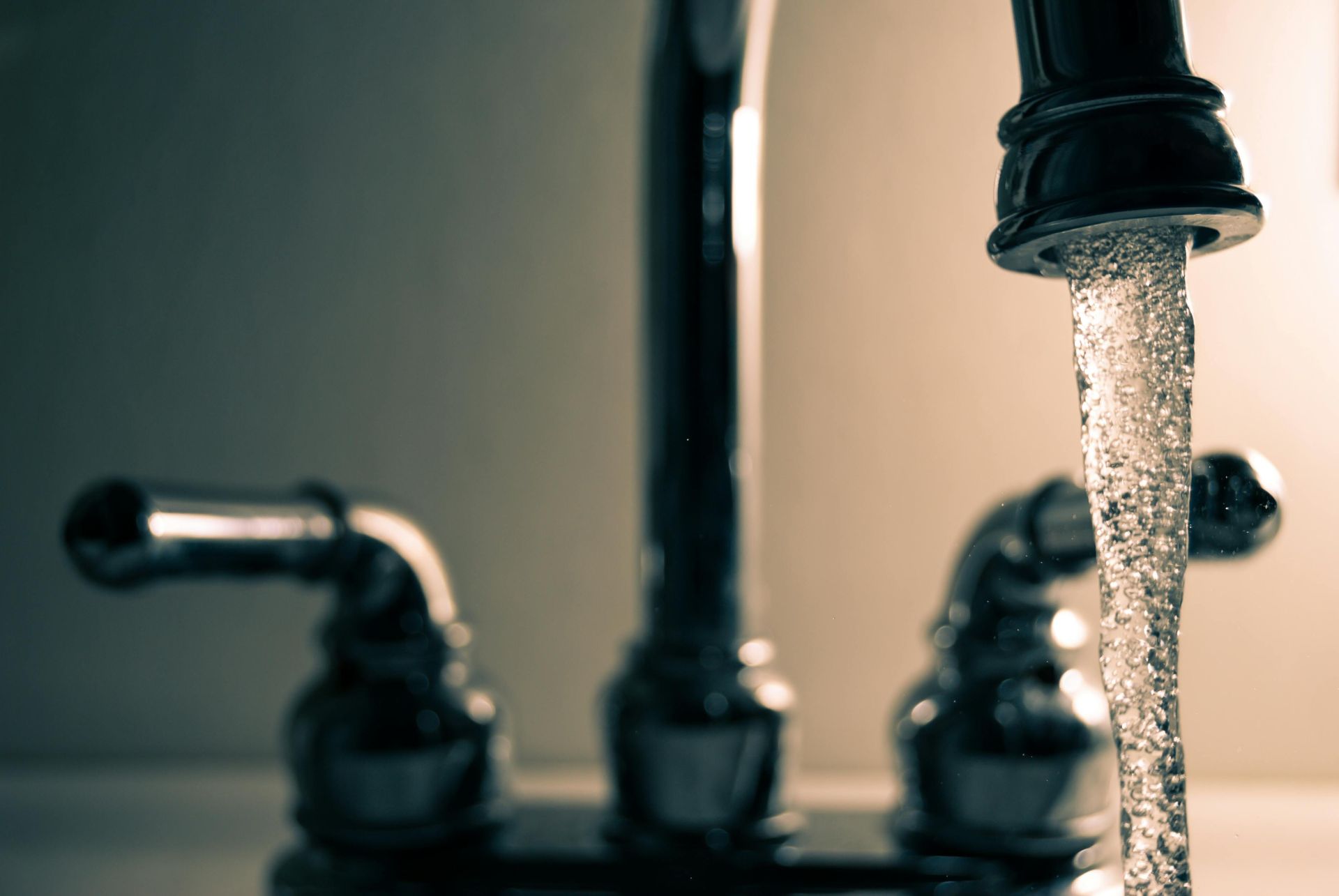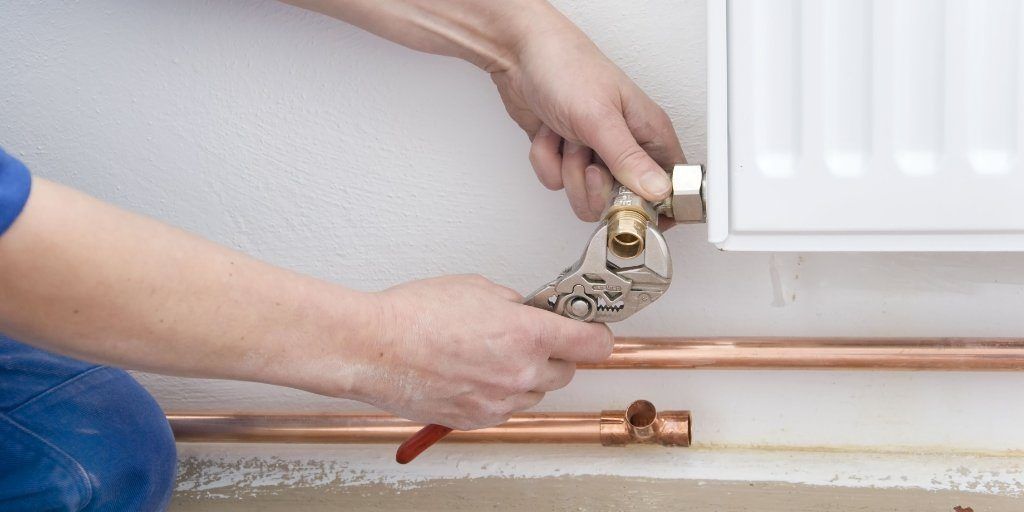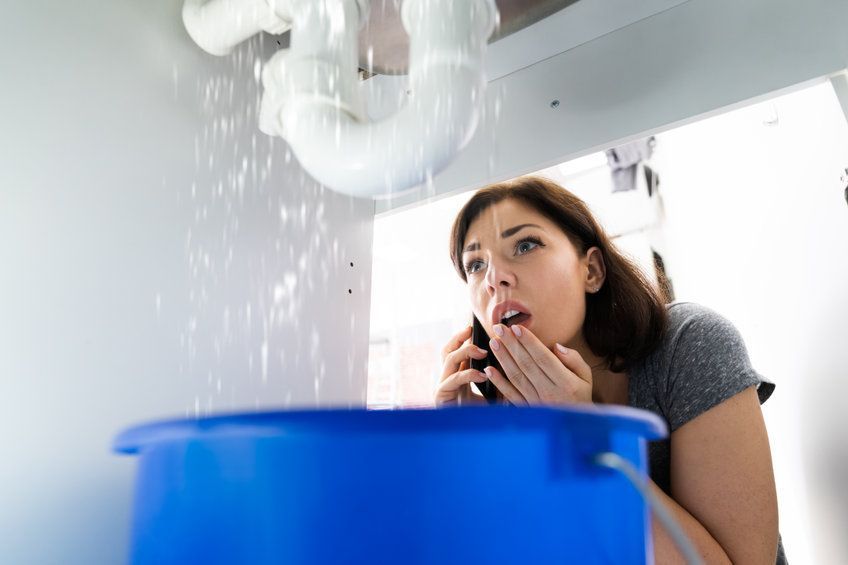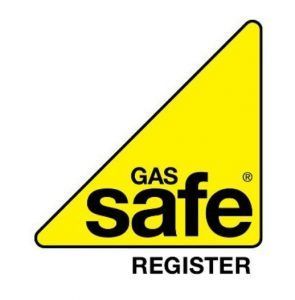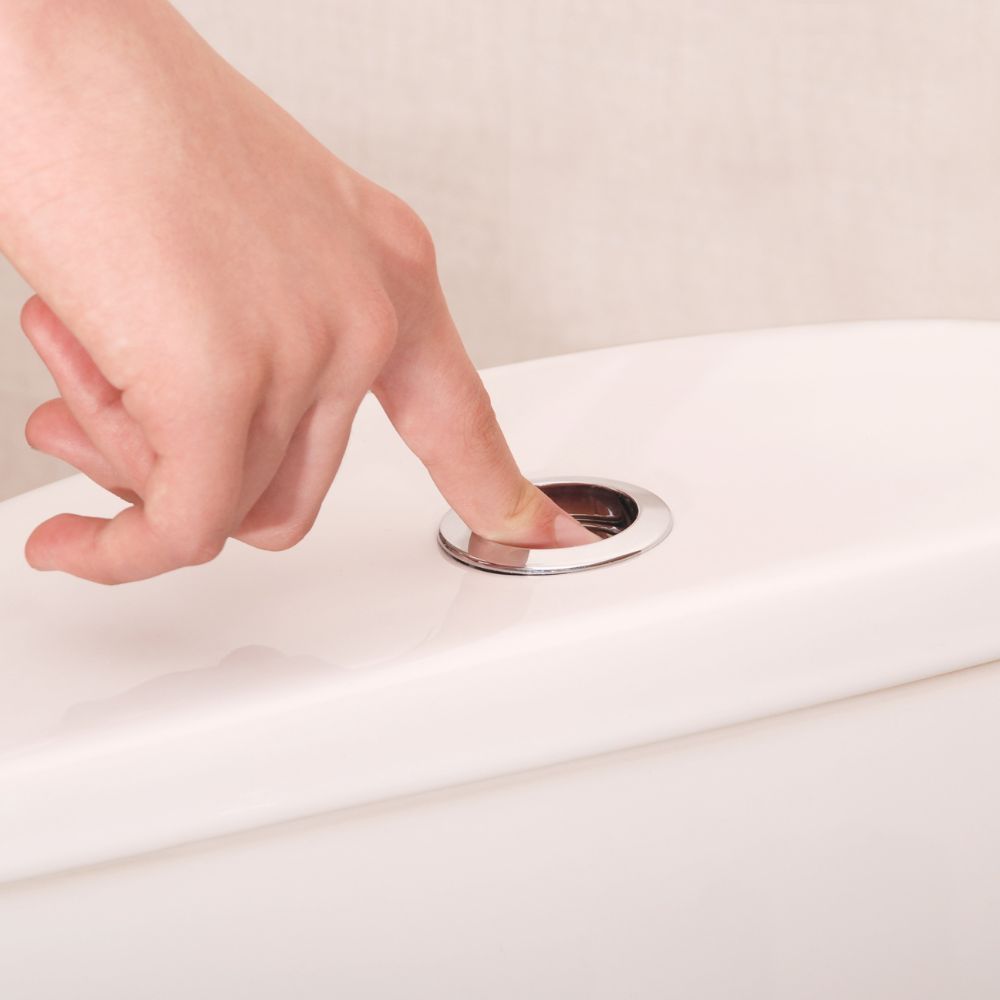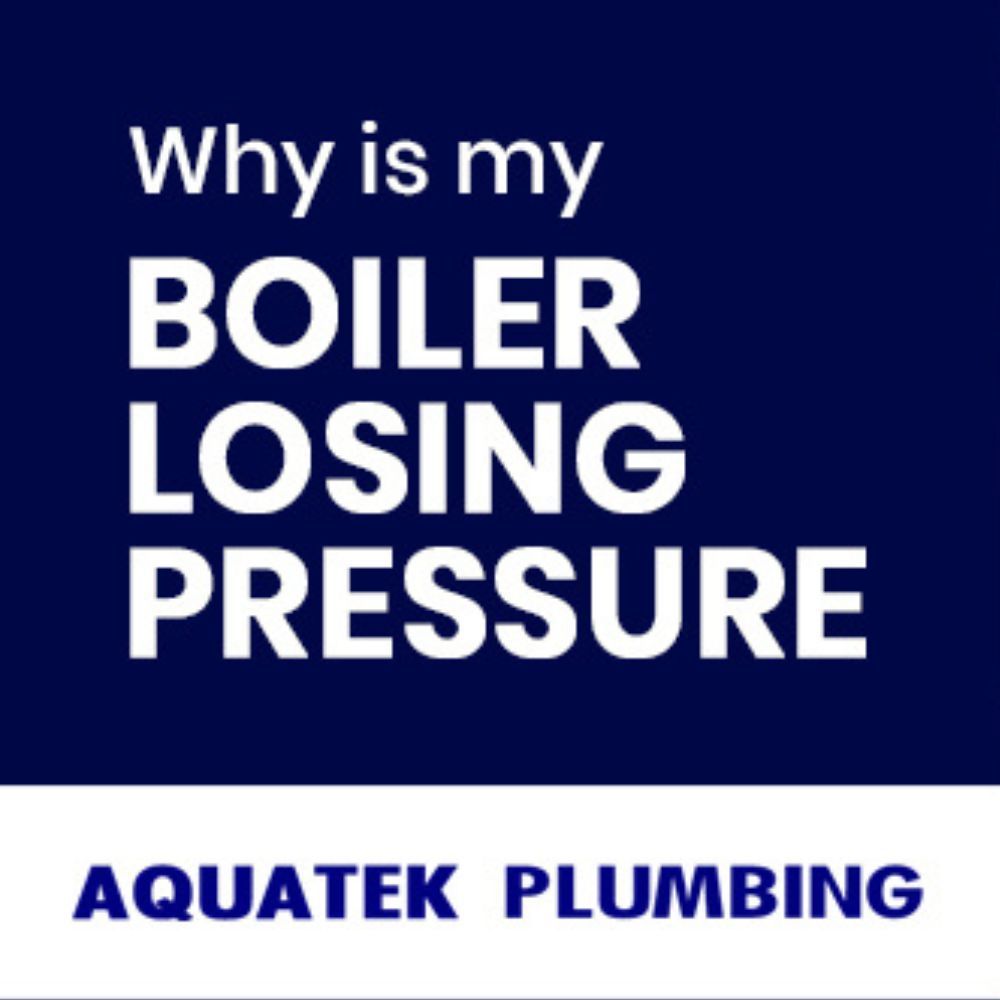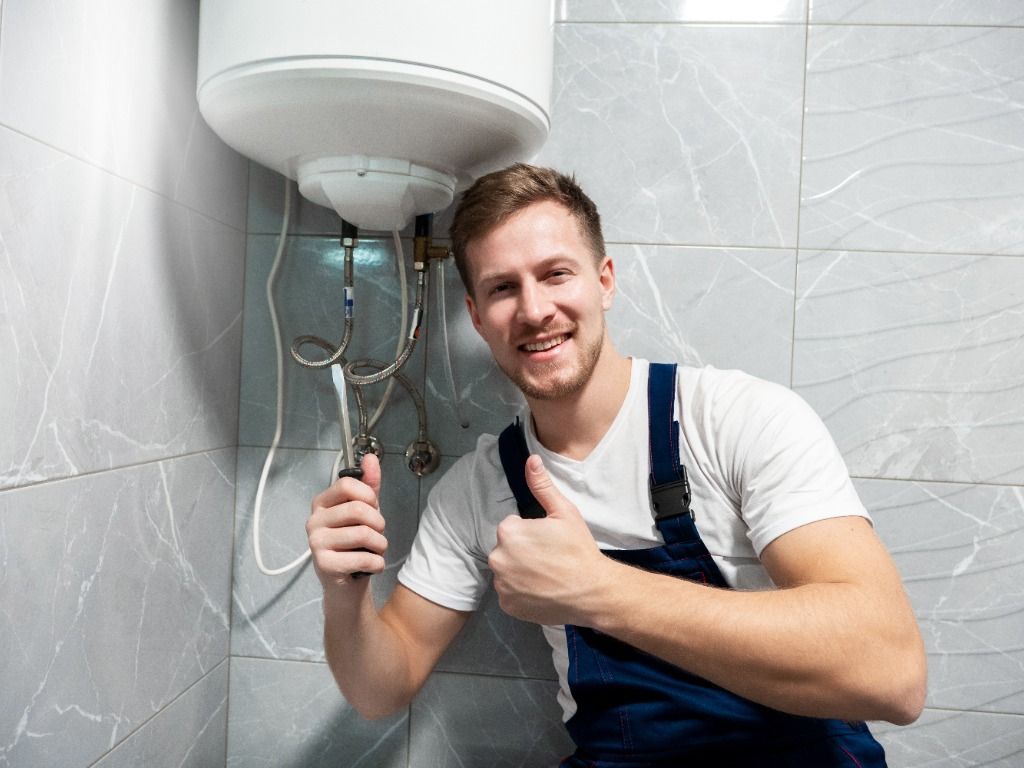Toilet Cistern Not Filling
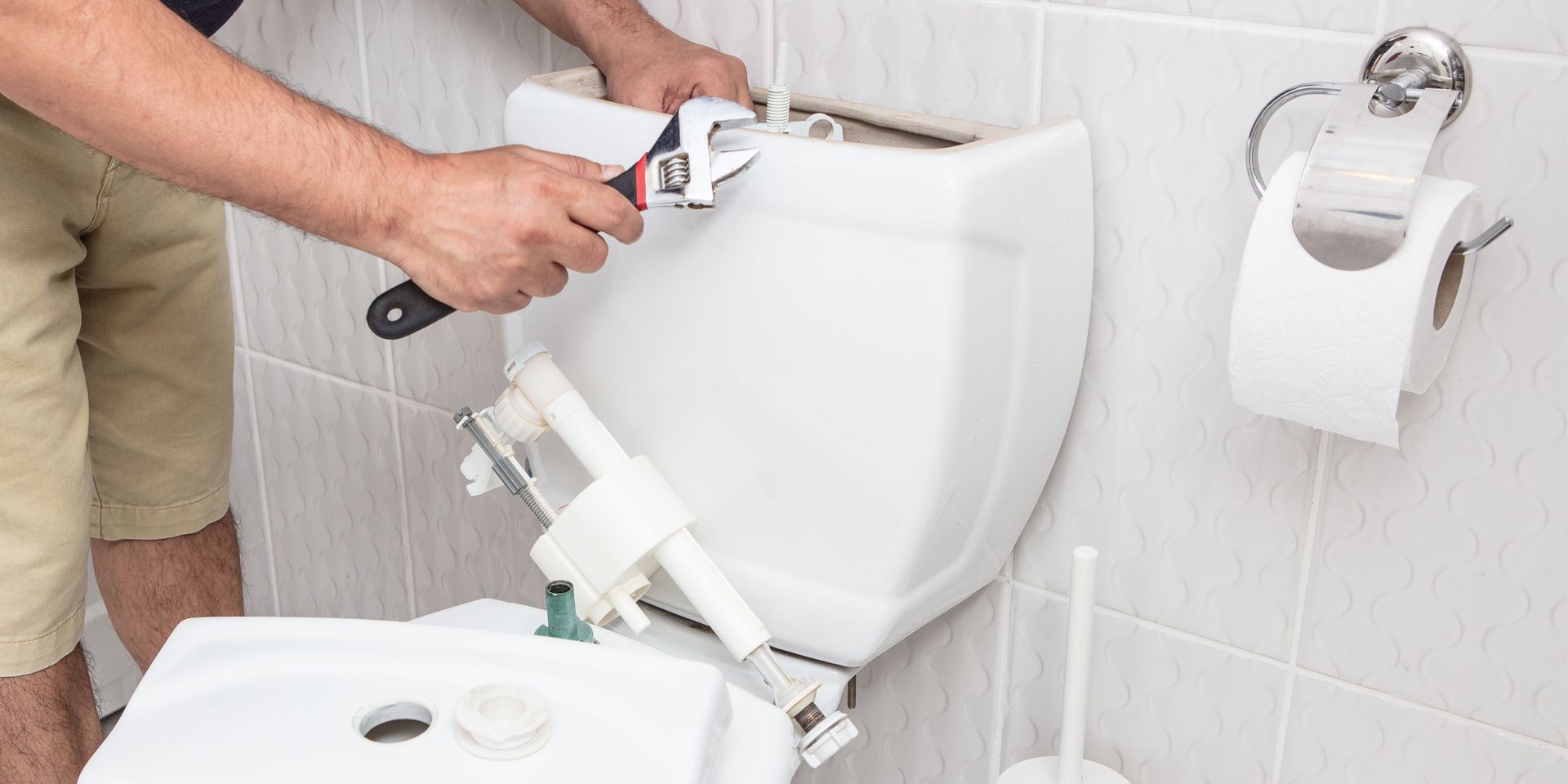
A common issue homeowners have is the case of the toilet cistern not filling up correctly. It can become quite problematic when you begin to notice that your toilet tank never holds the precise amount of water required for a proper flush. That is, you may need to flush the water closet more than once to clear the bowl.
Perhaps you’re quite handy, then this problem might not be much stress to you, and you can fix it yourself. However, bear in mind that you should employ the services of an expert to take care of any plumbing issues.
We are going to point out some reasons why your toilet cistern may not be filling up correctly. Appropriate solutions will also be discussed. Dive in!
1) You need to readjust the float ball
From experience, the float ball in the toilet cistern has been the most common cause of the problem.
When the water in the tank reaches the optimal level, the float ball helps to stop the inflow of water by shifting the float arm. This blocks the further entry of water into the tank. When the float ball is too low, it causes the toilet tank to not get enough water.
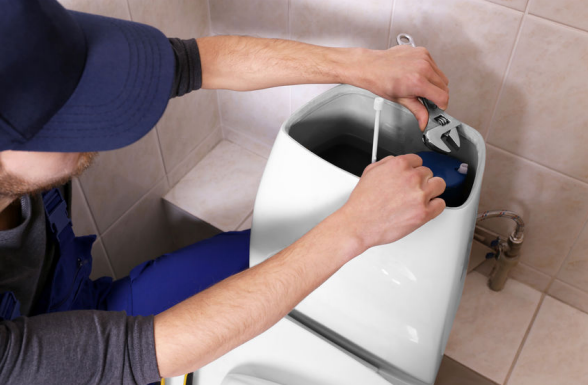
To solve this issue, all you have to do is move the float arm a little tilt upwards. This is so that the ball bends higher. Then, it stops water from entering the cistern at the appropriate time (when it’s actually full). If this idea does not fix your toilet issue and the float ball is still low, then you may have to change the float ball.
2) Adjust the fill valve
If the toilet cistern is still not filling up as it should after adjusting the float ball, then the difficulty may lie with the fill valves. The toilet cistern valves are responsible for controlling the water flow from the supply line to refill the tank between flushes. If the fill valves in your toilet use float arms, then the solution is to begin by removing the toilet lid.
Next, locate the angle of the fill valve, which is usually on the left side. Then place a flat-head screwdriver into the adjustment screw. Turn it clockwise to raise the fill valves; this will allow more water to flow into the toilet cistern. In case the tank requires less water, turn the screw anticlockwise to lower the fill valves. Flush your toilet after making these adjustments and observe if the water fills correctly.
If your tank uses adjustable cylinders, follow the same process of finding the fill valve on the left side of the toilet tank. Then pinch the float clip on the side of the valve. Slide it higher to allow in more water, or lower for less.
3) Bad trip assembly
Another reason your toilet cistern may not fill up correctly could be a faulty trip assembly. The trip assembly is part of the handle mechanism connected to the flush, which in turn is attached to the tank. If the assembly is not positioned correctly or if it becomes obstructed when the lid is on, it can shorten the flush cycle.
To fix this issue, open the lid and inspect the trip assembly. If you find that it’s broken, bent, or worn out, it’s time to consider a replacement. Replacing the faulty trip assembly is the only way to properly resolve the filling problem in this case.
4) Remove brick or other heavy objects
Some people place a small block or other heavy object into the toilet cistern to conserve water flow. If you’ve done this, it’s a good idea to remove it. The object may be preventing the cistern from filling properly, which means your toilet won’t have enough water for an effective flush. This kind of obstruction is not ideal for a toilet cistern and could potentially cause damage to the tank over time.
5) Waste line blockages
Toilet flushing problems can also be caused by an obstruction in the vent or waste line. In such cases, try plunging the toilet or clearing the main vent. You can do this by spraying water into the vent opening to see if it restores proper flow. If there’s adequate water flow from the tank into the toilet bowl, the blockage might be partial. If the issue persists, it’s best to call a professional. A technician can carefully identify and remove whatever is obstructing the water line.
6) Low water pressure
The root cause of your toilet cistern not filling correctly could be low water pressure. Fortunately, this is usually a mild inconvenience to fix. It often occurs when old toilet pipes are rusted or leaking, which prevents enough water from flowing into the cistern. If your home is older, the plumbing system may be outdated and in poor condition, leading to irregularities in fixtures, especially the toilet.
These are the most common issues that affect toilet cisterns and stop them from filling properly. By following the recommended guidelines, you can restore your toilet cistern to full functionality in no time. Don’t let a faulty toilet disrupt your daily routine. If you’re not confident handling plumbing issues yourself, hiring a professional is a smart choice.
The toilet is a vital part of any home. If it's not working properly, it can quickly create discomfort for everyone in the household. Most toilet issues stem from the cistern, it houses the float ball, float arm, flush mechanism, and every component responsible for proper operation.
If you’re unsure of what to do or need expert advice, contact Aquatek. We’ll inspect your home’s entire plumbing system, not just the toilet cistern, to identify the root of the issue. Once diagnosed, we’ll fix the problem promptly and affordably. Reach out to us for reliable solutions to all your plumbing fixture concerns.
